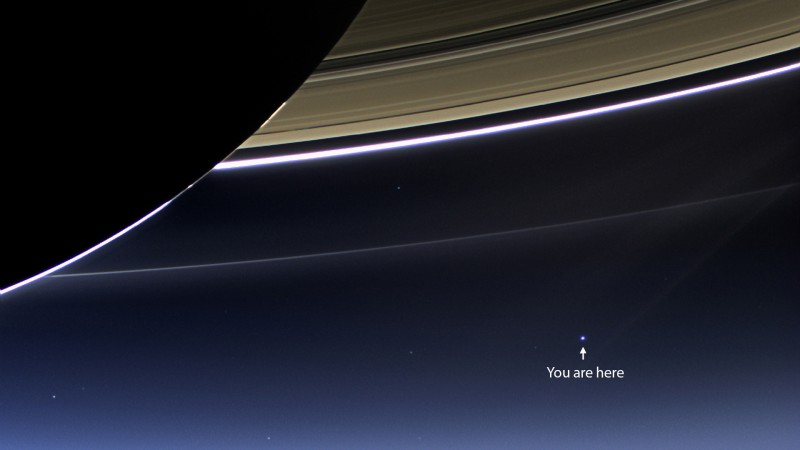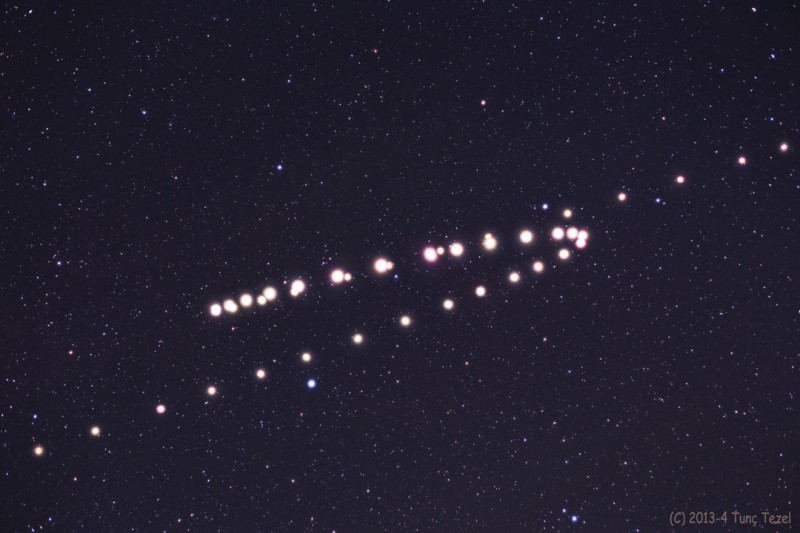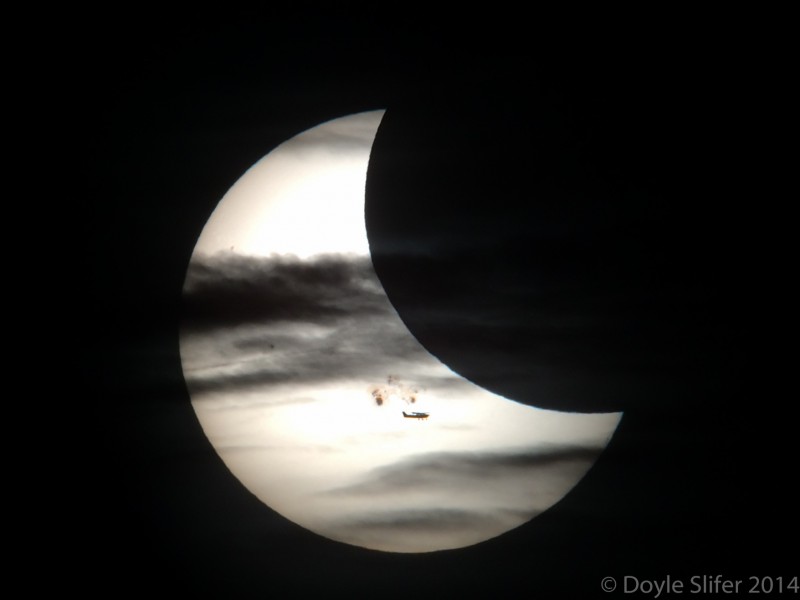The History of Erotic Art




Specsavers LANCELOT
Product code: 25240450
Colour: Gunmetal
Here’s a neat design which combines the classic aviator shape with an interesting double bridge arch and matt metal finish. The cool brown tones flatter the slim frame and the matt finish is a popular fashion choice.
Read more

![Bom2sws[1]](https://www.mcha.nl/wp-content/uploads/2014/11/Bom2sws1-800x317.jpg)


Demonstration of an optical technique that allows us to see small changes in the index of refraction in air. A point source of light is reflected from a concave mirror and focused onto the edge of a razor blade, which is mounted in front of the camera. Light refracted near the mirror and intercepted by the blade gives the illusion of a shadow.
Seen here are the heated gases from a candle flame and a hair dryer, helium gas, and sulfur hexafluoride gas.

150 grams butter or oil
125 grams cane sugar
2 sachets Vanilla sugar
100cc milk
3 eggs
2 table spoons Nutella
25 grams Maizena
225 grams flour
2 teaspoons rising agent
half a lemon or orange of zest

Discover the cosmos! Each day a different image or photograph of our fascinating universe is featured, along with a brief explanation written by a professional astronomer.
2014 November 22
![SDO_AIA-2014_10_24-21_42UT1024[1]](https://www.mcha.nl/wp-content/uploads/2014/11/SDO_AIA-2014_10_24-21_42UT10241-800x584.jpg)
Explanation: Solar active region AR2192 was the largest recorded sunspot group of the last 24 years. Before rotating off the Earth-facing side of the Sun at the end of October, it produced a whopping six energetic X-class flares. Its most intense flare was captured on October 24 in this stunning view from the orbiting Solar Dynamics Observatory. The scene is a color combination of images made at three different wavelengths of extreme ultraviolet light; 193 angstroms shown in blue, 171 angstroms in white, and 304 angstroms in red. The emission, from highly ionized Iron and Helium atoms, traces magnetic field lines looping through the hotplasma of the Sun’s outer chromosphere and corona. Beneath, the cooler solar photosphere appears dark at extreme ultraviolet wavelengths. The exceptionally sharp composite image has been processed with a new mathematical algorithm (NAFE) that adapts to noise and brightness in extreme ultraviolet image data to reliably enhance small details.
Created using player-submitted voice comms, “This is EVE” showcases the game’s true multiplayer experience. Battle cries, calls to action, cheers of victory, panicked escapes and virtual high-fives… This is EVE Online.
Note: This video contains strong language.

![sku_205748_2[1]](https://www.mcha.nl/wp-content/uploads/2014/11/sku_205748_21.jpg)

Bresser 10×50 Astro Set Binocular 10×50 with Tripod
Features (Binocular):
Prism type: Porro
Lens diameter: 50 mm
Field of view: 114 m @1000 m
Coating: fully coated (blue)
Weight: 780 g
Features (Tripod):
Tripod with swiveling lever
Adapter for binoculars (suitable for binoculars that have a standard tripod thread)
Weight: 1150 g






![lockheed-sr-71-blackbird-27[1]](https://www.mcha.nl/wp-content/uploads/2014/11/lockheed-sr-71-blackbird-271.jpg)
“There were a lot of things we couldn’t do in an SR-71, but we were the fastest guys on the block and loved reminding our fellow aviators of this fact. People often asked us if, because of this fact, it was fun to fly the jet. Fun would not be the first word I would use to describe flying this plane. Intense, maybe. Even cerebral. But there was one day in our Sled experience when we would have to say that it was pure fun to be the fastest guys out there, at least for a moment.
It occurred when Walt and I were flying our final training sortie. We needed 100 hours in the jet to complete our training and attain Mission Ready status. Somewhere over Colorado we had passed the century mark. We had made the turn in Arizona and the jet was performing flawlessly. My gauges were wired in the front seat and we were starting to feel pretty good about ourselves, not only because we would soon be flying real missions but because we had gained a great deal of confidence in the plane in the past ten months. Ripping across the barren deserts 80,000 feet below us, I could already see the coast of California from the Arizona border. I was, finally, after many humbling months of simulators and study, ahead of the jet.
Read more
Laptop Motherboard PLC/COMS 3V CR2032 Li-ion Button Battery w/ Wire + Plug – Black + Red
From the most dangerous website on the whole interweb, DealExtreme if you’re into fulfilling your wannahaves 😈
![sku_197896_2[1]](https://www.mcha.nl/wp-content/uploads/2014/11/sku_197896_21-364x364.jpg)
![sku_197896_1[1]](https://www.mcha.nl/wp-content/uploads/2014/11/sku_197896_11-364x364.jpg)
![0qT8buK[1]](https://www.mcha.nl/wp-content/uploads/2014/11/0qT8buK1-800x502.jpg)



![d255[1]](https://www.mcha.nl/wp-content/uploads/2014/10/d2551-150x150.png)
September 12, 1969. The Secret Language Name for this date, and for those born during it, is…
TRANSCENDENT FEARLESS CRUSADER www.thesecretlanguage.com
Discover the cosmos! Each day a different image or photograph of our fascinating universe is featured, along with a brief explanation written by a professional astronomer.
2014 October 28

Moving the cursor over the image will bring up an annotated version. Clicking on the image will bring up the highest resolution version available.
Explanation: Why would Mars appear to move backwards? Most of the time, the apparent motion of Mars in Earth’s sky is in one direction, slow but steady in front of the far distant stars. About every two years, however, the Earth passes Mars as they orbit around the Sun. During the most recent such pass starting late last year, Mars as usual, loomed large and bright. Also during this time, Mars appeared to move backwards in the sky, a phenomenon called retrograde motion. Featured here is a series of images digitally stacked so that all of the stars coincide. Here, Mars appears to trace out a narrow loop in the sky. At the center of the loop, Earth passed Mars and the retrograde motion was the highest. Retrograde motion can also be seen for other Solar System planets.


![1244556400[1]](https://www.mcha.nl/wp-content/uploads/2014/10/12445564001.jpeg)

They did buy my AC Ryan PlayOn!HD ACR-PV73100, but not my AC Ryan ACR-HD50169 AluBox
2014 October 27

Explanation: What’s that in front of the Sun? The closest object is an airplane, visible just below the Sun’s center and caught purely by chance. Next out are numerous clouds in Earth’s atmosphere, creating a series of darkened horizontal streaks. Farther out is Earth’s Moon, seen as the large dark circular bite on the upper right. Just above the airplane and just below the Sun’s surface are sunspots. The main sunspot group captured here, AR 2192, is one of the largest ever recorded and has been crackling and bursting with flares since it came around the edge of the Sun early last week. Taken last Thursday, this show of solar silhouettes was unfortunately short-lived. Within a few seconds the plane flew away. Within a few minutes the clouds drifted off. Within a few hours the partial solar eclipse of the Sun by the Moon was over. Only the sunspot group remains, but within a few more days even AR 2192 will disappear around the edge of the Sun. Fortunately, when it comes to the Sun, even unexpected alignments are surprisingly frequent.
Authors & editors: Robert Nemiroff (MTU) & Jerry Bonnell (UMCP)
NASA Official: Phillip Newman Specific rights apply.
NASA Web Privacy Policy and Important Notices
A service of: ASD at NASA / GSFC & Michigan Tech. U.
![pic_021_clean_790[1]](https://www.mcha.nl/wp-content/uploads/2014/10/pic_021_clean_7901-607x1080.jpg)


![formcartoon_10389_048d2223efc6cc7fec36d7fde94b904d17ee1c65[1]](https://www.mcha.nl/wp-content/uploads/2014/10/formcartoon_10389_048d2223efc6cc7fec36d7fde94b904d17ee1c651-800x500.gif)


![pic_012_clean_790[1]](https://www.mcha.nl/wp-content/uploads/2014/10/pic_012_clean_7901-630x1080.jpg)

King Willy looking at things
http://gigapica.geenstijl.nl/2014/10/willy_kijkt_naar_dingen.html


